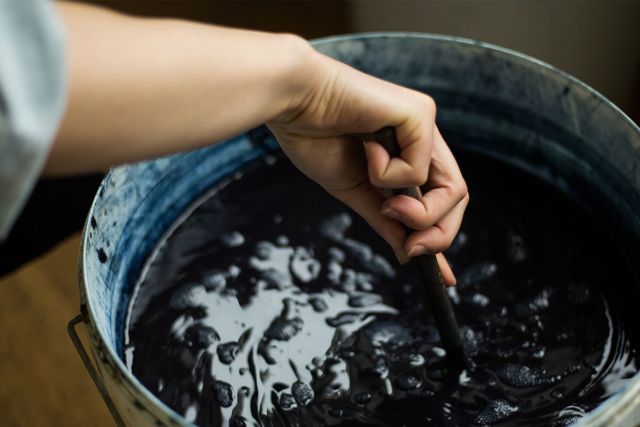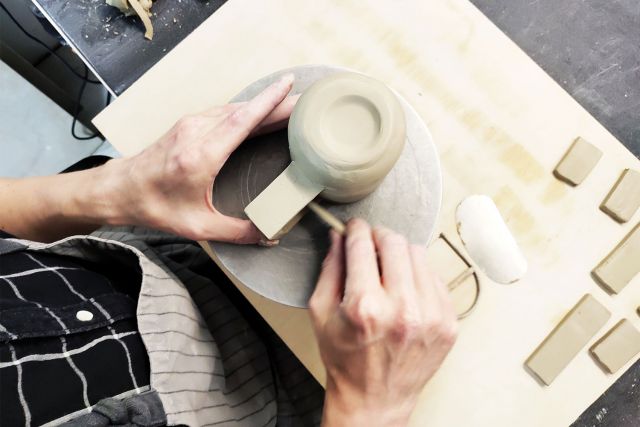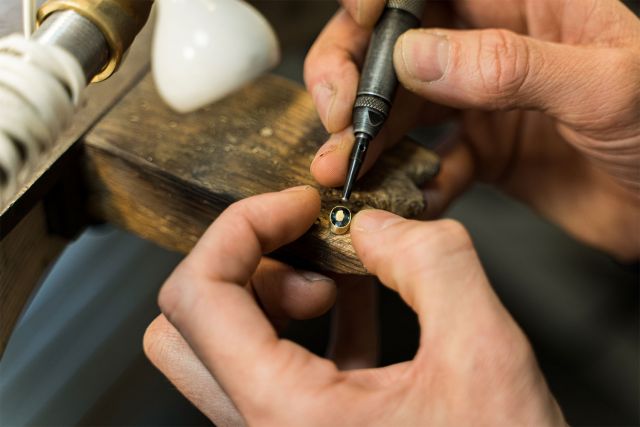In this privately commissioned example of Ričardas Grekavičius' work, the gate doors consist of a pattern repeated many times.
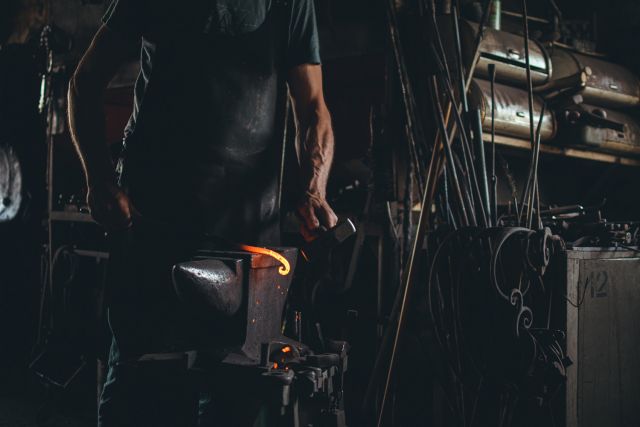
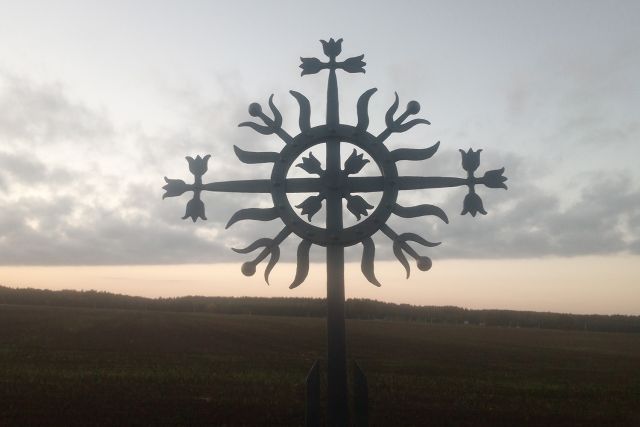
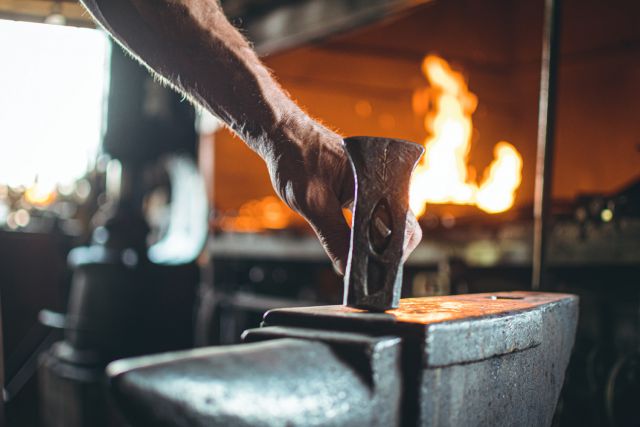
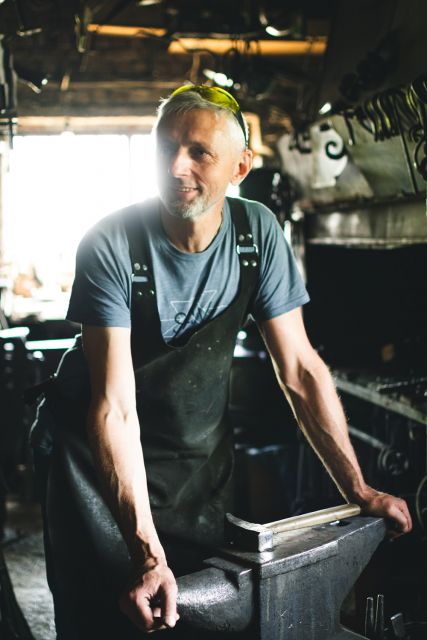
Ričardas Grekavičius
- Blacksmith
- Šakiai district, Lithuania
- Master Artisan
By appointment only
+370 69963687
Fire and folklore
- • Ričardas makes ornamental iron trees and crosses
- • His creations are now listed as national heritage objects
- • He was awarded Best Lithuanian Blacksmith in 2019
The grandson of a blacksmith, Ričardas Grekavičius is self-taught and came to this craft by vocation. For him, blacksmithing is a magical craft, as a blacksmith is a person who controls fire – controls and respects it at the same time. Ričardas also respects the tradition of Lithuanian folk blacksmithing. He is a member of the Lithuanian Folk Artisans' Union and the Lithuanian Blacksmiths' Union. His works are certified as national heritage products, and in 2019 he was awarded the honourable title of the Best Lithuanian Blacksmith. He forges Lithuanian iron cross tops, so-called 'little suns', crosses, small architectural details, and fences for gravestones at his forge in a remote village. Ričardas often draws inspiration from nature, turning crosses into trees and sprouting branches with leaves and flowers.
Read the full interviewWorks
Photo: ©Ricardas Grekavicius Archive

Photo: ©Ricardas Grekavicius Archive
These hand-forged iron gates were inspired by the contrast between natural forms, curved and straight lines. The curved lines echo the shapes of sea waves.

Photo: ©Ricardas Grekavicius Archive
This is a traditional Lithuanian folk cross. These types of crosses were forged by Lithuanian folk masters to portray folk heritage ornamentation.

Photo: ©Ricardas Grekavicius Archive
For this piece, the artisan was inspired by natural forms and Lithuanian folk memorials. The cross features symmetrically arranged birds and the ends of the cross become tree branches with leaves.

Photo: ©Ricardas Grekavicius Archive
This cross was forged as ornamentation for the top of a grave. Hand-forged in iron, it represents a translucent tree with natural leaf shapes on elaborately curved branches.





